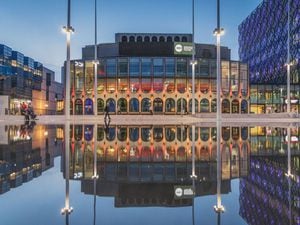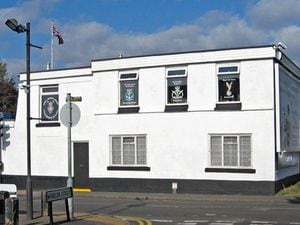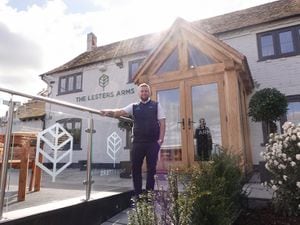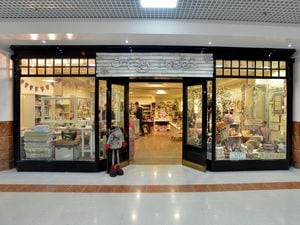Telling history of our society: What it's like to be a museum curator
For many centuries, museums have played an essential role in preserving the history of our society.
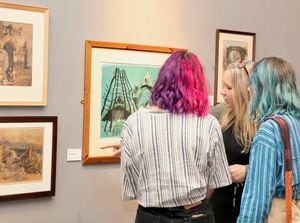
They make us feel proud of where we have come from and help us to understand the complex world around us.
Museums are also treasure troves of fascinating objects and that’s one of the qualities that makes them special to Deborah Fox who is a senior curator with Museums Worcestershire.
The service looks after the County Museum at Hartlebury Castle, near Kidderminster, Worcester City Art Gallery & Museum and the Commandery.
The collections and exhibitions at the sites are many and varied, covering centuries of the county’s history right up to the present day.
“The collections we look after, the buildings they inhabit and the communities we serve lie at the heart of the job that we do,” says Deborah.
“Some objects and artworks are extraordinary. It’s a privilege to work with objects that take your breath away because they are simply beautiful, accomplished or special – a George Owen porcelain vase intricately formed by exceptionally skilled craftsmen, Chadding on Mounts Bay, our much loved artwork by Stanhope Forbes that has the ability to take each of us to our childhood on warm summer days, a 17th century casket with exotic, embroidered animals roaming its structure. Animals, its maker had likely never witnessed in real life.
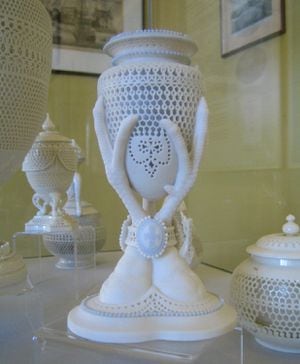
“But there are other objects that are just as significant, once ordinary objects that tell extraordinary stories because they were there and bore witness to our collective experience and histories: bones and pollen once submerged in marshy ground near the present day M5 at Strensham that enable us to piece together a Worcestershire landscape where mammoths once walked, fragments of Roman armour lost in Sidbury in Worcester almost 2,000 years ago during the conquest of this country by a foreign power or a mid-20th-century wall clock that once hung on the wall behind Hitler’s desk as Berlin fell to the allies,” she explains.
Deborah says the job of curators is to collect the objects and artworks that bear witness to our shared experience, speak to us of both significant and ordinary times and have the power to inspire us and uplift us.
“Museums are guided by the policies we write that shape our collections. Museums Worcestershire collect objects that come from Worcester and Worcestershire or that tell the stories of our city and county. We respect the collections of our neighbouring museums.
“The George Marshall Medical Museum in Worcester collects medical items and so Museums Worcestershire do not, the Museum of Royal Worcester collects porcelain but not archaeology so Museums Worcestershire collects only porcelain found on archaeological sites.
“There is a responsibility in collecting and we constantly have to ask ourselves do the collections benefit from this addition? Does this object belong in this collection or somewhere else? Are the resources available to care for this object as it should be?” she adds.
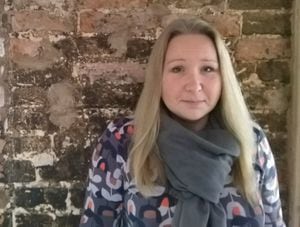
The word curator comes from a Latin word, ‘cura’ meaning to care so ensuring that all objects in the museum service’s care are stable, well documented, conserved and clean, is another vital part of the role. “We work with colleagues, experts like conservators and volunteers who undertake hours of re-boxing and packaging to ensure our collections are preserved for future generations.
“Curators are custodians, links in a chain to the curators that came before and who cared for the same objects when they were in their care, stretching back sometimes hundreds of years. We recognise their handwriting on object labels, the records that they kept and the conservation techniques they used,” says Deborah, who has worked for the museums service since 2004.
As well as caring for all of the objects that enter their collection, curators also have a role to play in understanding more about their past.
“Some curators are experts in their own subject area. They may be archaeologists, geologists, art historians or social historians. Some curators work on very specific projects and become very knowledgeable in their field.
“At Museums Worcestershire, one of our colleagues is working on a three-year project about Worcester’s role in the international glove industry that was so important for the prosperity of our city and county.
“In many museums, curators care for more than one collection and will both research and provide information and access to a wide range of specialists. Often those researchers who come to work on our collections are much more knowledgeable in their specific area than we are. Our job is to ensure that knowledge is added to the collective research around the collections we work on,” explains Deborah, who is one of five curators.
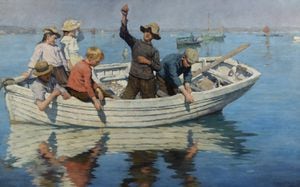
Once the teams knows more about the objects and artworks in their collections, they will then share their stories with visitors through exhibitions and displays. “Exhibitions can tell the stories of an area, a period like the Romans or a theme like medicine or food. Some displays will be designed to last for many years, but others like those at the art gallery in Worcester will change rapidly to bring renewed enjoyment, interest and inspiration to our visitors.
“Work goes on constantly to understand what our visitors will most enjoy and benefit from and what opportunities, objects and artworks can be brought to the county that our communities can access on their doorstep.
“Collections are widely shared beyond the museum buildings through projects, partnerships, talks, blogs, and articles and by working with colleagues to share collections as widely as possible through community work or through a programme for schools.”

